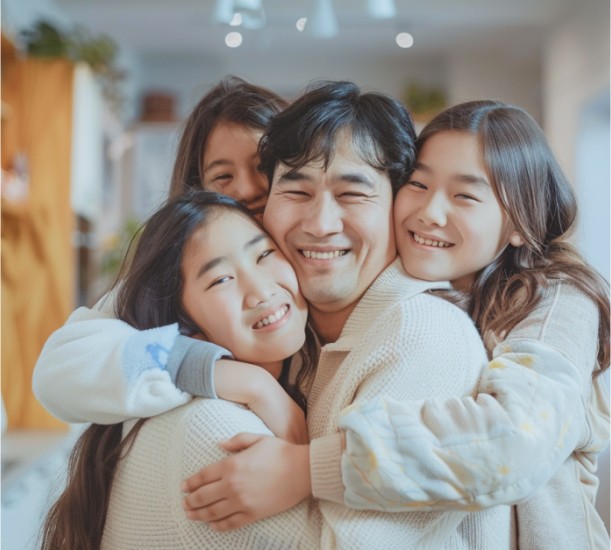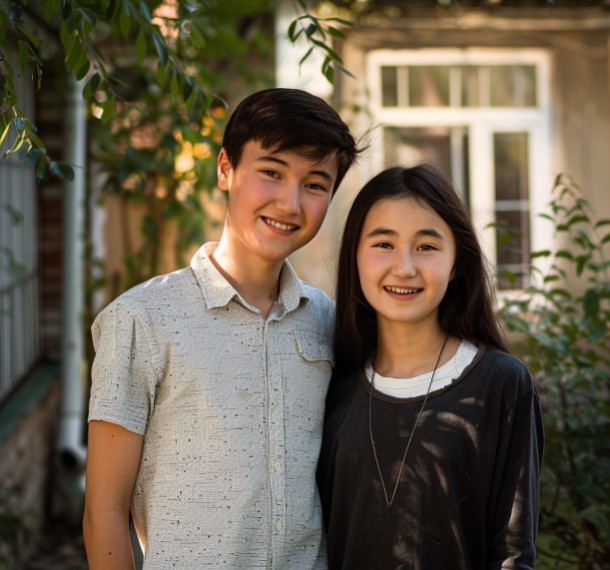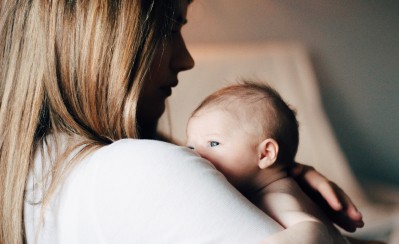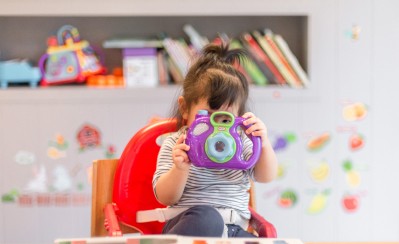Alternative guardianship
In our alternative care projects, children find a new family, a loving family. In SOS Children’s Villages and youth homes, children and teenagers are not isolated from the world — they go to regular kindergartens, schools, colleges, clubs and groups. They have friends outside the Village. This helps children successfully transition to independent life.
In addition, children are accompanied by psychologists, tutors and other specialists. We do everything possible to help them recover from the trials they have endured, return them to a happy childhood and prepare them for a full independent life.

What is SOS Children's Villages
SOS Children’s Village is a special form of family upbringing for children who have lost the opportunity to live with their biological family. Usually, a Children’s Village consists of 10-12 family houses. They are inhabited by families consisting of one parent-educator (or a married couple) and 4-5 children. Siblings must live in the same family house.
A parent-educator is a professionally trained foster parent who lives with children, surrounding them with care and support. She helps children develop confidence that they have an adult who will always support, care for and provide emotional support. Since 2017, married couples of parents have been working in the Villages, in which the wife is an employee of the Village, and the husband is involved in raising children.
Also in 2017, integrated families appeared in SOS Children’s Villages of Kazakhstan, who live outside the Village, in city apartments. There are currently 5 such families. Children in integrated families receive the same professional support as children in the Children’s Village. We guarantee stability and safety for children. All families use the infrastructure of the Children’s Village and can always rely on the help of support specialists — family assistants and specialists in child support and development.
Youth care in SOS Children's Villages
Youth care is a unique program that helps teenagers prepare for independent adult life.
From the age of 16, teenagers under our care can choose their future housing option, discussing it with specialists. They can stay in the family home, move to a group home for teenagers, a Youth House, or a dormitory at an educational institution. Living outside the Children’s Village, they become more independent, learn to live in an urban environment, communicate with neighbors and use city services. These skills are necessary for them to successfully transition to independent life.
A group home for teenagers offers comfortable accommodation for 5-6 teenagers with a caregiver and a supporting teacher, where they learn how to manage their daily life and organize their leisure time. A Youth House is most often a block of apartments or a separate living space in which 8-10 young people can live, study and prepare for adult life.





